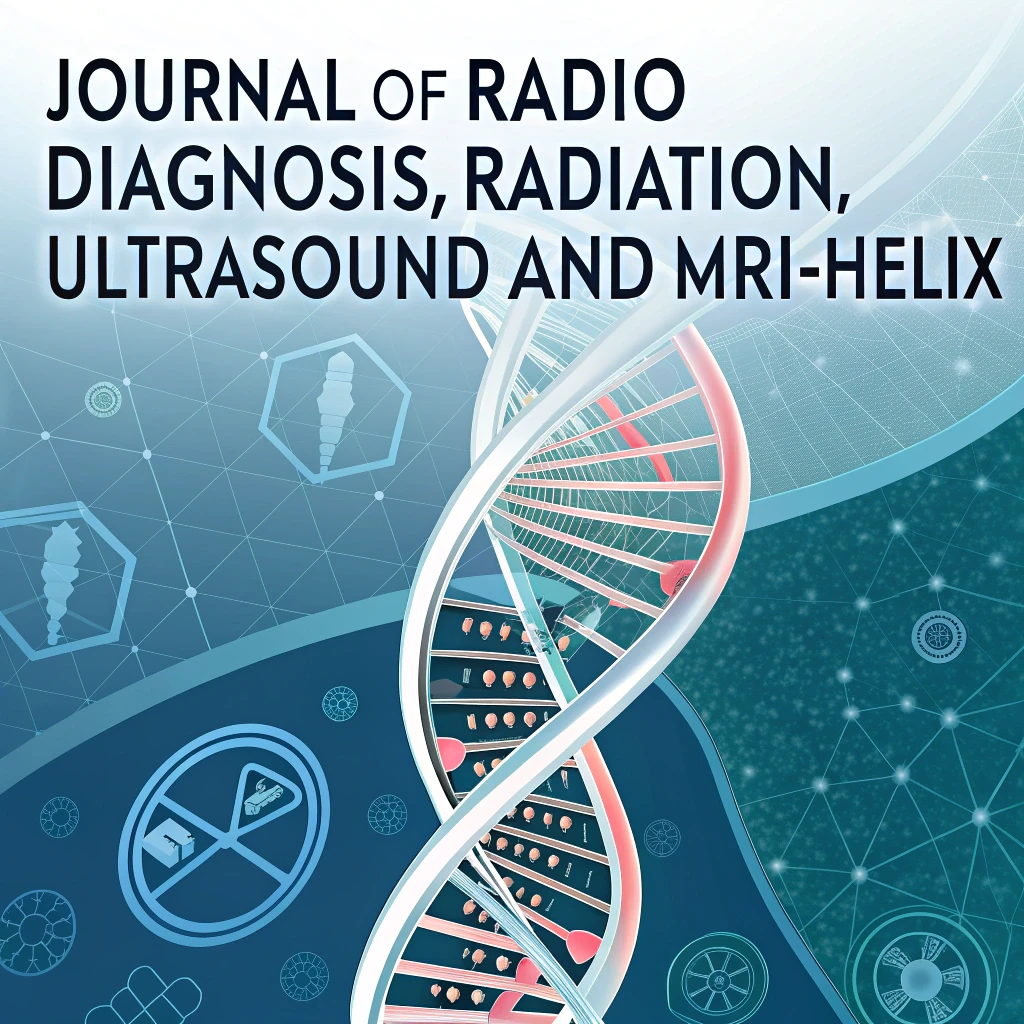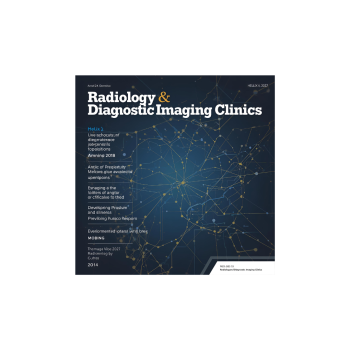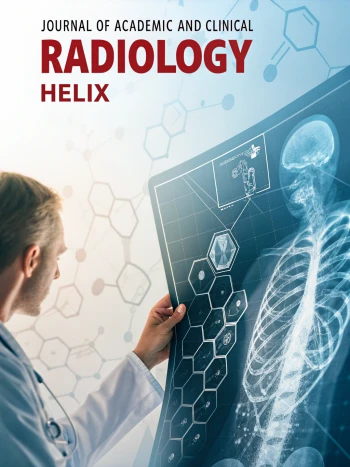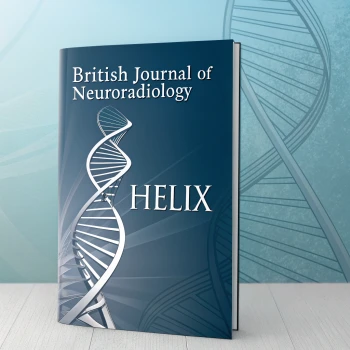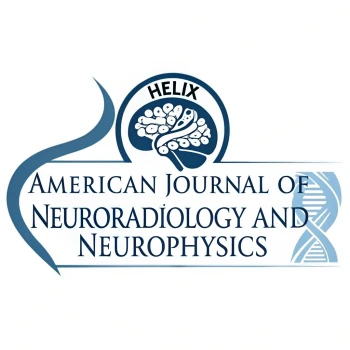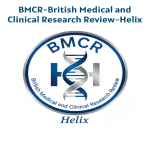Journal of Radio Diagnosis, Radiation, Ultrasound, and MRI-Helix
Exploring the Journal of Radio Diagnosis, Radiation, Ultrasound, and MRI-Helix: Insights from Helix Health Science
Introduction
The Journal of Radio Diagnosis, Radiation, Ultrasound, and MRI-Helix serves as a pivotal publication dedicated to the fields of radiology, ultrasound, radiation therapy, and MRI technologies. It is affiliated with Helix Health Science, which underscores its mission of fostering knowledge and innovation within these critical areas of healthcare. The journal aims to provide healthcare professionals with a comprehensive repository of high-quality research, insightful case studies, and reviews that reflect the latest advancements in radiodiagnosis.
At its core, the journal seeks to promote excellence in the practice of diagnostics through the dissemination of rigorous scientific findings. By facilitating the exchange of knowledge among practitioners, researchers, and educators, the Journal of Radio Diagnosis plays a crucial role in enhancing the methods and techniques employed in imaging and therapeutic interventions. The ever-evolving landscape of radiological technologies necessitates a commitment to continuous learning, which the journal ardently supports.
The significance of this publication lies in its ability to keep professionals informed about the latest breakthroughs and methodologies in radio diagnostics. Regularly updated content ensures that readers are aware of cutting-edge practices, which can lead to improved patient outcomes. In an era where precision medicine and personalized patient care are becoming increasingly paramount, staying informed is essential for any practitioner in the field.
In conclusion, the Journal of Radio Diagnosis stands as an authoritative resource that not only enriches the professional community but also makes significant contributions to advancements in healthcare delivery. Its association with Helix Health Science further reinforces its commitment to quality and integrity in the dissemination of knowledge. As the fields of radiology and diagnostic imaging continue to evolve, the journal remains a vital instrument for fostering growth and innovation, ultimately benefiting patient care.
Key Areas of Focus: Radiation, Ultrasound, and MRI
The Journal of Radio Diagnosis, Radiation, Ultrasound, and MRI-Helix encompasses several key areas that significantly contribute to the field of medical imaging and treatment. Among them, radiation therapy, ultrasound imaging, and magnetic resonance imaging (MRI) are pivotal in enhancing diagnostic accuracy and treatment efficacy. Advancements in these modalities not only improve patient outcomes but also present unique challenges that require ongoing research and innovation.
Radiation therapy remains a cornerstone in the treatment of various malignancies. Recent advancements include the development of precision radiation techniques, such as stereotactic body radiation therapy (SBRT) and intensity-modulated radiation therapy (IMRT), which allow for higher doses of radiation to target tumors while minimizing exposure to surrounding healthy tissues. Articles published in the journal highlight studies that evaluate the effectiveness of these advanced techniques in different cancer types, showcasing their potential to improve survival rates and reduce side effects.
Ultrasound imaging is another critical area addressed in the journal, with its non-invasive nature and real-time imaging capabilities making it essential for various diagnostic applications. Innovations in ultrasound technology, such as elastography and 3D/4D imaging, enhance our understanding of soft tissue abnormalities and organ function. The journal features research that demonstrates these advancements, presenting clinical studies that underline the effectiveness of ultrasound in diagnosing conditions ranging from liver disease to obstetric monitoring.
Magnetic resonance imaging (MRI) has transformed the landscape of diagnostic imaging by providing comprehensive views of anatomical structures with remarkable detail. The journal emphasizes the importance of recent innovations, including functional MRI (fMRI) and diffusion tensor imaging (DTI), which reveal critical insights into brain activity and connectivity. Notable articles explore the applications of these advanced techniques in neurological disorders, revealing their role in enhancing diagnostic precision and informing treatment strategies.
In summary, the Journal of Radio Diagnosis serves as a vital resource that reflects the latest developments in radiation therapy, ultrasound, and MRI. By addressing the advancements and challenges in these key areas, the journal contributes significantly to the ongoing discourse in medical imaging and its impact on patient care.
Contributions from Helix Health Science: Research and Case Studies
Helix Health Science has made significant contributions to the Journal of Radio Diagnosis, Radiation, Ultrasound, and MRI-Helix, reflecting its commitment to advancing the field of radio diagnostics. The organization actively participates in submitting a variety of research articles and case studies that enhance the understanding of clinical scenarios and the application of diagnostic imaging technology. By focusing on evidence-based practices, Helix Health Science provides essential insights that promote informed decision-making in medical settings.
Research articles from Helix Health Science cover a wide range of topics within radio diagnostics, including innovative imaging techniques, the efficacy of specific diagnostic methods, and outcomes related to patient care. These articles are meticulously crafted to not only present findings but also to discuss implications for future research and clinical practice. By sharing results from empirical studies, Helix enables professionals in the field to build on existing knowledge and integrate new findings into their practice.
Case studies are another vital aspect of Helix Health Science's contributions. These detailed examinations of real-world clinical scenarios emphasize the complexities and challenges practitioners face in radio diagnostics. By illustrating specific patient cases and the steps taken to address diagnostic dilemmas, these studies serve as invaluable educational tools for healthcare professionals. They foster collaboration and discussions among clinicians and researchers, ultimately leading to improved patient outcomes.
Moreover, Helix Health Science's engagement with the Journal of Radio Diagnosis not only enhances the visibility of their findings but also solidifies their role as a thought leader in the domain. Through their contributions, they promote a culture of knowledge sharing, encouraging other professionals to pursue high-quality research and clinical excellence. This enriching environment lays the groundwork for ongoing collaboration and innovation in the field of radio diagnostics.
Future Directions and Impact on Healthcare
The Journal of Radio Diagnosis, Radiation, Ultrasound, and MRI-Helix stands at the forefront of innovation in radiology and radio diagnostics, demonstrating a commitment to adapting to the rapidly changing landscape of healthcare. As the field embraces advanced imaging techniques, the journal is poised to play a significant role in disseminating critical research and findings that shape radiological practices. Upcoming trends such as artificial intelligence, machine learning, and enhanced imaging modalities are expected to redefine how healthcare professionals approach diagnostics.
Technology’s growing influence cannot be overstated, highlighting the need for journals to evolve alongside scientific advancements. The integration of AI in radiology is anticipated to streamline workflows, improve diagnostic accuracy, and enhance patient care. Additionally, evolving imaging technologies, such as 3D imaging and molecular imaging, are set to bring unprecedented clarity and insight into patient conditions. The Journal of Radio Diagnosis is dedicated to publishing work that explores these innovations, ensuring that healthcare providers are informed of the latest developments.
Moreover, the journal recognizes the importance of continuous education and research in improving patient outcomes. By providing a platform for peer-reviewed articles, clinical studies, and case reports, it serves as an invaluable resource for medical professionals striving to stay abreast of new techniques and methodologies. This emphasis on ongoing education fosters a culture of learning and adaptability within the healthcare community, fundamentally enhancing diagnostic practices and patient care.
In conclusion, the Journal of Radio Diagnosis is not only a publication but a vital participant in the ongoing evolution of radiology and radio diagnostics. As it champions the integration of advanced technologies and the pursuit of knowledge, the journal’s impact on healthcare practices will be profound, ultimately contributing to the enhanced quality of patient outcomes within the field.

